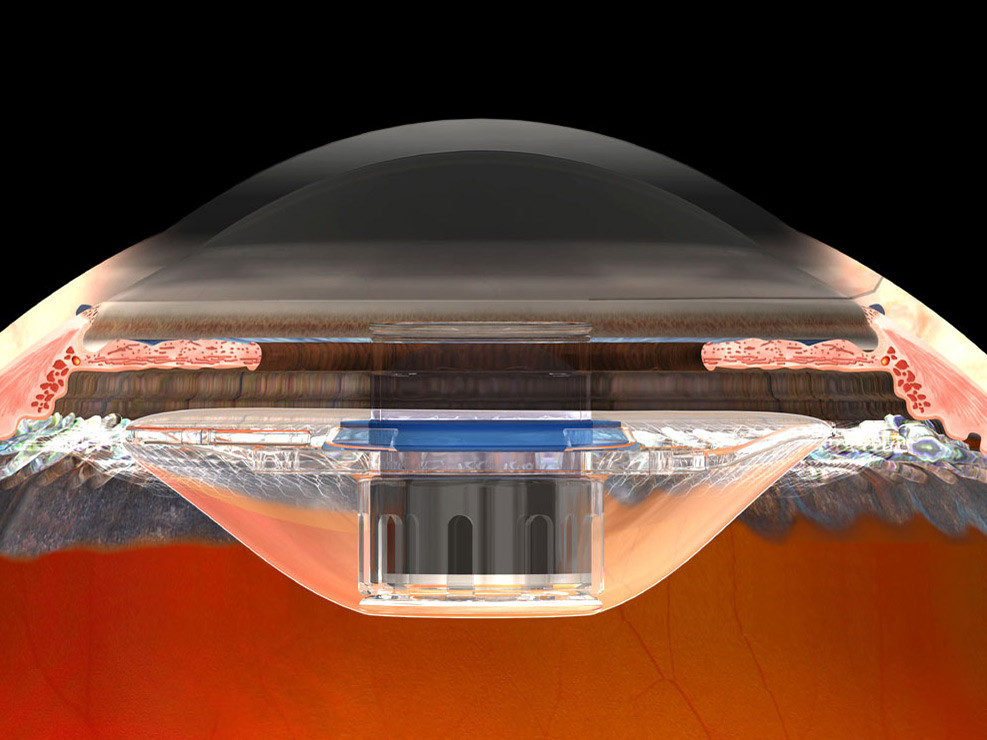This tiny telescope gets implanted in one eye and magnifies the image to make up for “holes” in the person’s vision. It can greatly improve sight for some people with age-related macular degeneration.
The Food and Drug Administration has approved a new treatment that could help millions of older adults who are nearly blinded by macular degeneration. It’s a miniature telescope implanted directly into the eye that magnifies images to more than twice their size.
Findings from the clinical trials show that the telescope does improve vision for the majority of patients. Still, there are some concerns about corneal damage, since the telescope is relatively large inside the eye. And the population who might benefit from the new device is somewhat limited. The treatment doesn’t work for those who have had cataract surgery. And for those who catch the disease early on, there may be better options.
Story Source:
The above story is reprinted from materials provided by NPR.





